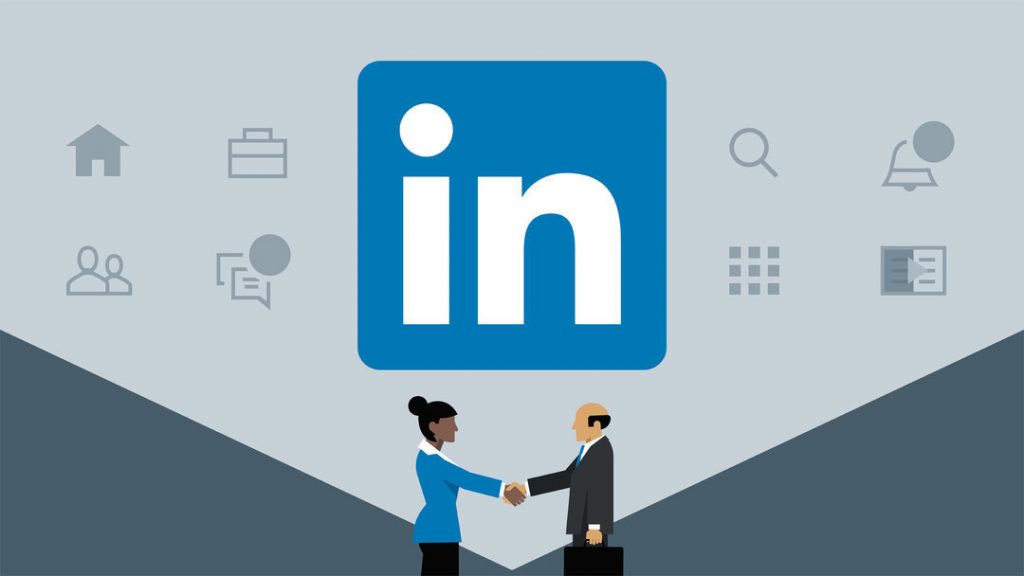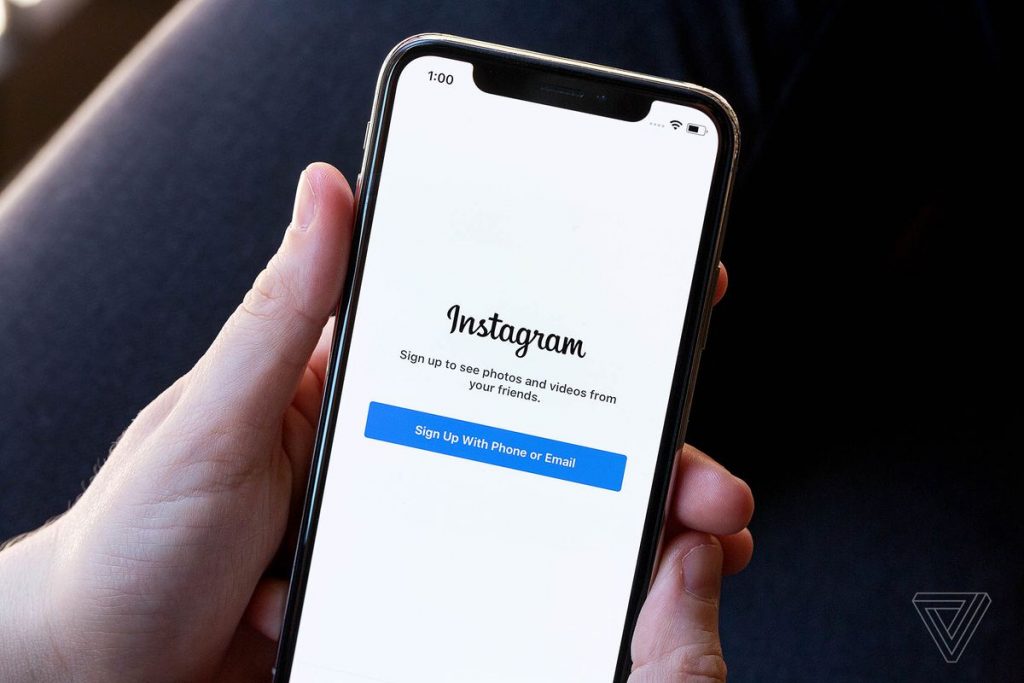By now we all know that social media is an important element of marketing your business. It helps you reach a wider audience, engage with new and existing customers, and build you brand image. However not all social media platforms are the same, so it’s important to understand how each one functions in order to get the most out of them.
Twitter for example is limited to only 140 characters, while Facebook allows you to make posts as long as you want. If you want to convey a similar message on both networks you’ll have to think of different ways to do it, or even change your strategy completely.
Many of these “limitations” are actually advantages that allow you to diversify your marketing approach and target different users in different ways. Here are some of the unique advantages that each major social media site offers your business.
Facebook is still the king of social media and the sheer size of its user-base puts it ahead of most of the others. In the first quarter of 2015, Facebook had 1.44 billion monthly active users. That’s huge!

As well as its built in user base Facebook is also extremely versatile, allowing you to share videos, images, direct links to your website, and text posts of any length. You can even schedule these to post at future time, so you can plan your marketing efforts well in advance. What makes it particularly useful for marketing is the wide range of statistics Facebook page owners have access to.
You can see how many people are liking and leaving your page, how engaged they are with posts and videos, and their demographic (i.e. age, geographic location etc). Monitoring this data can help you better target your audience, generate more traffic, and ultimately earn more sales.
Google Plus
Google Plus is not as widely used as Facebook and Twitter but because it is the search giant’s own social media platform, it offers benefits that none of the others can. Setting up your business page can lead to more visibility in local and global Google searches. You may also find that some of the content you post ranks easier than content on your website, making it an invaluable avenue for targeted organic traffic.
One interesting feature is “Circles” which allows you to organize followers in to specific groups. This allows you to share posts with certain circles and not others, something most social networks cannot do.
Google Plus also integrates well across other Google services you might be using, such as Gmail and YouTube.
Because of its 140 character limit Twitter is ideal for sharing links to your website, blog, or niche related news articles. It is also often used as a way for business owners to be more informal and down to earth with their customers. Trust can be built when you present yourself as a real human, so if you have any funny things to say or nuggets of wisdom to share, Twitter is the place to post them. The hashtag feature also allows you to piggyback off current trending events. For example if it was the Cricket World Cup season you could chime in with the #WorldCup hashtag included in your Tweet and anyone following the hashtag will be able to see it.
Creating your own hashtag is also a good way to engage users and track customers during a promotional campaign. For example “Tweet us with the hashtag #summerdeal to get 20% off orders.”

As a business owner customers are obviously who you want to attract, but businesses don’t thrive without employees, suppliers, partners, and other associates. LinkedIn is a business and professional orientated social network that allows you to connect with those who already help make your business tick, or those you think may have something to offer in the future. In short LinkedIn is the virtual version of attending a business function and slipping people your business card.
Pinterest is an image-centric social network which is tailored especially for businesses that sell products. It allows you to share pictures of your products, with links to your sales page, and even pricing and product information. What makes Pinterest so important is that unlike other social platforms users go there specifically with the intention to buy something, which means your ability to close a sale should be easier.
Monitoring Pins to your site and Repins of your content will allow you to refine your Pinterest marketing strategy.
YouTube
While YouTube marketing takes some extra effort (after all you have to make videos not just simple text posts), the results can pay off in a big way if your video goes viral. This is especially true for funny commercials and other entertaining content. The possibilities are endless, you could provide hands on reviews of your products, video blogs about your niche to build authority, or create customer guides and FAQs in video format.
YouTube has the benefit of ranking well in Google, so if you apply some SEO logic you can get videos ranked for keywords that you might struggle with on your own website.
You can also add an associated site to your YouTube account allowing you to add a clickable link to any portion of your video, that will take users directly to the page.

Similar to Pinterest Instagram is all about imagery and you can also post lengthy captions along with the pics as well. This makes it ideal for product promotion, but you might also use it informally to give users a behind the scenes look at your business. Busy in the office? Snap a pic. Just got some new stock in? Show everybody the unboxing. With over 3 million users Instagram has now surpassed Twitter, making it an important platform for generating traffic. Like Twitter it also uses hashtags that you can latch on to or create yourself.
What’s good is you don’t have to be a professional photographer because Instagram has a useful selection of filters and effects that can be applied to any image to make it look better.

